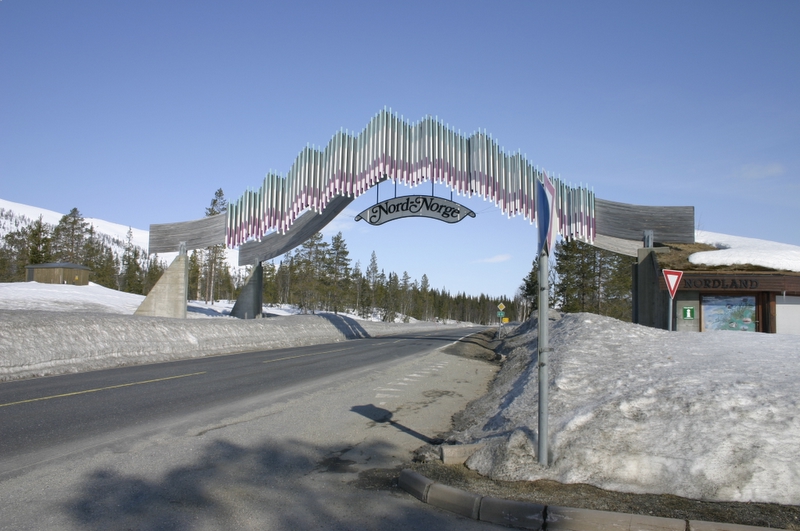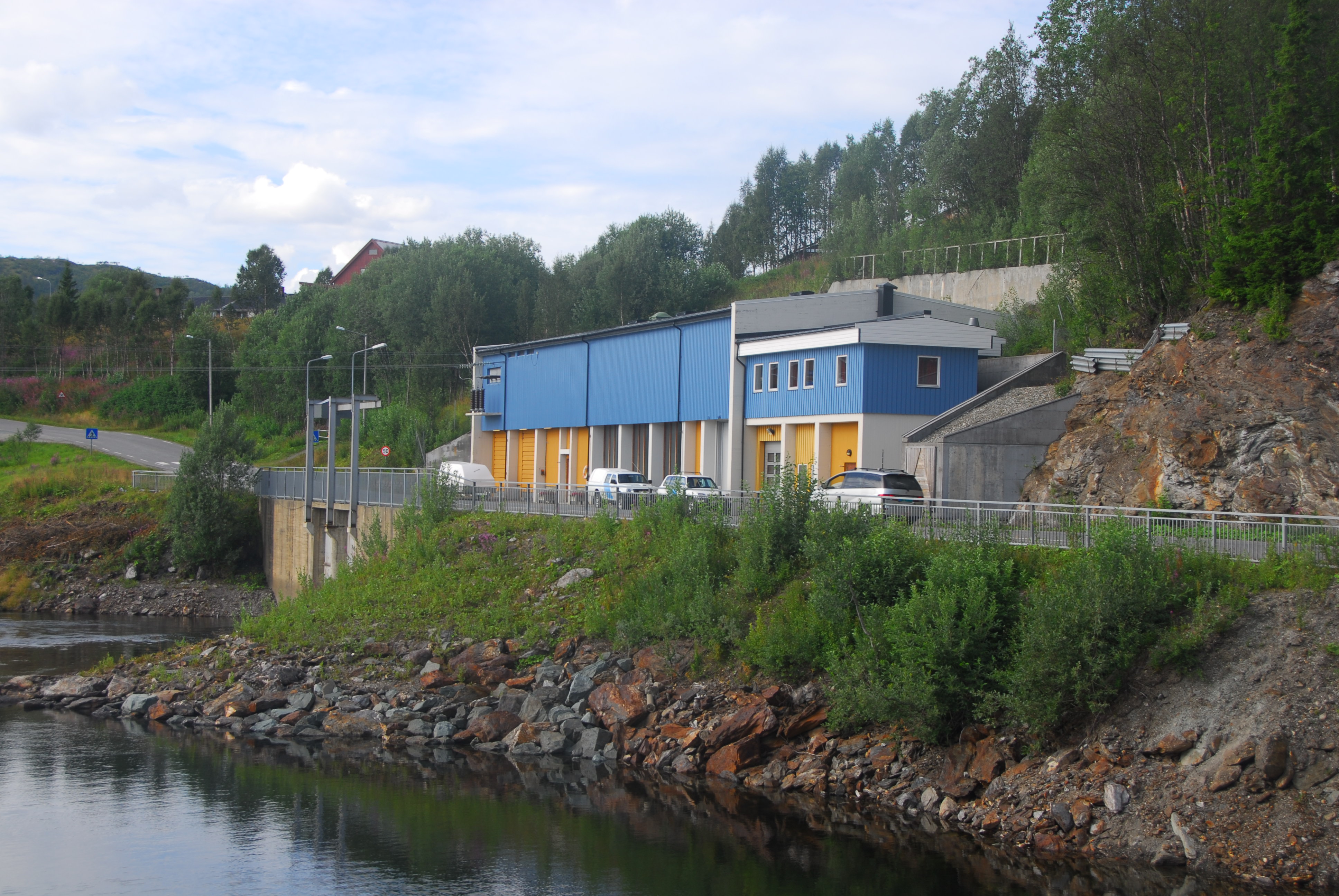|
Tunnsjødal Hydroelectric Power Station
The Tunnsjødal Power Station (''Tunnsjødal kraftverk'') is a hydroelectric power station located in Namsskogan, Nord-Trøndelag Nord-Trøndelag (; "North Trøndelag") was a county constituting the northern part of the present-day Trøndelag county in Norway. The county was established in 1804 when the old Trondhjems amt was divided into two: Nordre Trondhjems amt and S ..., Norway. It operates at an installed capacity of , with an average annual production of 820 GWh. See also References Hydroelectric power stations in Norway Buildings and structures in Trøndelag {{hydroelectric-power-plant-stub ... [...More Info...] [...Related Items...] OR: [Wikipedia] [Google] [Baidu] |
Namsskogan
Namsskogan is a municipality in Trøndelag, Norway. Namsskogan is located in the upper part of the long Namdalen valley region. The administrative centre of the municipality is the village of Namsskogan. Other villages in the municipality include Brekkvasselv, Smalåsen, Skorovatn, and Trones. The village of Namsskogan lies along the river Namsen in the northern part of the municipality. The European route E6 highway runs through the village. The municipality is the 64th largest by area out of the 356 municipalities in Norway. Namsskogan is the 344th most populous municipality in Norway with a population of 818. The municipality's population density is and its population has decreased by 10.7% over the previous 10-year period. General information The municipality of Namsskogan was established on 1 July 1923 when it was separated from the large municipality of Grong. Initially, the population of Namsskogan was 469. The municipal boundaries have not changed since. On ... [...More Info...] [...Related Items...] OR: [Wikipedia] [Google] [Baidu] |
Nord-Trøndelag Elektrisitetsverk
Nord-Trøndelag Elektrisitetsverk or NTE is a power company serving Nord-Trøndelag in Norway and owned by Nord-Trøndelag county municipality. NTE is one of the largest producers of electricity in Norway, with an annual production of 3,4 TWh per year (2013). In addition, the company is a provider of electrical installation and electrical application retailing as well as optic fiber broadband. The company has its headquarters in Steinkjer. Operations Power production NTE operates 22 hydroelectric power plants, two wind farms and one bioenergy plant, totaling an annual electricity production of 3,4 TWh, about 4% of the total electricity production in Norway. The hydro plants are mostly located in Indre Namdal, Meråker, Mosvik and Verran. NTE's largest plant is the one at Tunnsjødal with an annual production of 840 GWh/year. The bioplant is located in Inderøy while the two windmill parks are located at Hundhammerfjellet and Vikna. Power distribution NTE owns the power grid in ... [...More Info...] [...Related Items...] OR: [Wikipedia] [Google] [Baidu] |
Tunnsjøflyan
Tunnsjøflyan is a lake in the municipality of Røyrvik (and a very small part of Namsskogan) in Trøndelag county, Norway. The lake drains out into the large lake Tunnsjøen to the east. See also * List of lakes in Norway * Tunnsjødal Hydroelectric Power Station The Tunnsjødal Power Station (''Tunnsjødal kraftverk'') is a hydroelectric power station located in Namsskogan, Nord-Trøndelag Nord-Trøndelag (; "North Trøndelag") was a county constituting the northern part of the present-day Trøndelag ... References Lakes of Trøndelag Røyrvik Namsskogan {{Trøndelag-geo-stub ... [...More Info...] [...Related Items...] OR: [Wikipedia] [Google] [Baidu] |
Namsen
or is one of the longest rivers in Trøndelag county, in the central part of Norway. The long river flows through the municipalities of Røyrvik, Namsskogan, Grong, Overhalla, and Namsos before emptying into the Namsenfjorden. The river is the namesake for the whole Namdalen region. The river traditionally has been used for floating timber down from the forests to the town of Namsos, where the sawmills were located. Today, parts of the Namsen are regulated by several dams. Location The river begins in springs in Børgefjell National Park, just over the border in Nordland county. This water feeds the large lake ''Store Namsvatnet''. The Namsen river itself starts when the water passes through the dam on the northwest side of the lake Namsvatnet in the municipality of Røyrvik. The river then travels through the Namdalen valley towards the coast, ending at the town of Namsos where it flows into the Namsenfjorden, the same fjord into which the smaller river Årgå ... [...More Info...] [...Related Items...] OR: [Wikipedia] [Google] [Baidu] |
The Tunnsjødal–Strinda Power Line - Kraftledningen Tunnsjødal–Strinda (5859307023)
''The'' () is a grammatical article in English, denoting persons or things that are already or about to be mentioned, under discussion, implied or otherwise presumed familiar to listeners, readers, or speakers. It is the definite article in English. ''The'' is the most frequently used word in the English language; studies and analyses of texts have found it to account for seven percent of all printed English-language words. It is derived from gendered articles in Old English which combined in Middle English and now has a single form used with nouns of any gender. The word can be used with both singular and plural nouns, and with a noun that starts with any letter. This is different from many other languages, which have different forms of the definite article for different genders or numbers. Pronunciation In most dialects, "the" is pronounced as (with the voiced dental fricative followed by a schwa) when followed by a consonant sound, and as (homophone of the archaic p ... [...More Info...] [...Related Items...] OR: [Wikipedia] [Google] [Baidu] |
Hydroelectricity
Hydroelectricity, or hydroelectric power, is electricity generated from hydropower (water power). Hydropower supplies one sixth of the world's electricity, almost 4500 TWh in 2020, which is more than all other renewable sources combined and also more than nuclear power. Hydropower can provide large amounts of low-carbon electricity on demand, making it a key element for creating secure and clean electricity supply systems. A hydroelectric power station that has a dam and reservoir is a flexible source, since the amount of electricity produced can be increased or decreased in seconds or minutes in response to varying electricity demand. Once a hydroelectric complex is constructed, it produces no direct waste, and almost always emits considerably less greenhouse gas than fossil fuel-powered energy plants. [...More Info...] [...Related Items...] OR: [Wikipedia] [Google] [Baidu] |
Power Station
A power station, also referred to as a power plant and sometimes generating station or generating plant, is an industrial facility for the generation of electric power. Power stations are generally connected to an electrical grid. Many power stations contain one or more generators, a rotating machine that converts mechanical power into three-phase electric power. The relative motion between a magnetic field and a conductor creates an electric current. The energy source harnessed to turn the generator varies widely. Most power stations in the world burn fossil fuels such as coal, oil, and natural gas to generate electricity. Low-carbon power sources include nuclear power, and an increasing use of renewables such as solar, wind, geothermal, and hydroelectric. History In early 1871 Belgian inventor Zénobe Gramme invented a generator powerful enough to produce power on a commercial scale for industry. In 1878, a hydroelectric power station was designed and built ... [...More Info...] [...Related Items...] OR: [Wikipedia] [Google] [Baidu] |
Nord-Trøndelag
Nord-Trøndelag (; "North Trøndelag") was a county constituting the northern part of the present-day Trøndelag county in Norway. The county was established in 1804 when the old Trondhjems amt was divided into two: Nordre Trondhjems amt and Søndre Trondhjems amt. In 2016, the two county councils voted to merge (back) into a single county on 1 January 2018. As of 1 January 2014, the county had 135,142 inhabitants, making it the country's fourth-least populated county. The largest municipalities are Stjørdal, Steinkjer—the county seat, Levanger, Namsos, and Verdal, all with between 24,000 and 12,000 inhabitants. The economy is primarily centered on services, although there are significant industries in agriculture, fisheries, hydroelectricity and forestry. It has the lowest gross domestic product per capita of any county in the country. Nord-Trøndelag covered , making it the sixth-largest county, and it consisted of 23 municipalities. The district of Innherred runs a ... [...More Info...] [...Related Items...] OR: [Wikipedia] [Google] [Baidu] |
Megawatt
The watt (symbol: W) is the unit of power or radiant flux in the International System of Units (SI), equal to 1 joule per second or 1 kg⋅m2⋅s−3. It is used to quantify the rate of energy transfer. The watt is named after James Watt (1736–1819), an 18th-century Scottish inventor, mechanical engineer, and chemist who improved the Newcomen engine with his own steam engine in 1776. Watt's invention was fundamental for the Industrial Revolution. Overview When an object's velocity is held constant at one metre per second against a constant opposing force of one newton, the rate at which work is done is one watt. : \mathrm In terms of electromagnetism, one watt is the rate at which electrical work is performed when a current of one ampere (A) flows across an electrical potential difference of one volt (V), meaning the watt is equivalent to the volt-ampere (the latter unit, however, is used for a different quantity from the real power of an electrical ci ... [...More Info...] [...Related Items...] OR: [Wikipedia] [Google] [Baidu] |
Store Norske Leksikon
The ''Great Norwegian Encyclopedia'' ( no, Store Norske Leksikon, abbreviated ''SNL''), is a Norwegian-language online encyclopedia. The online encyclopedia is among the most-read Norwegian published sites, with more than two million unique visitors per month. Paper editions 1978–2007 The ''SNL'' was created in 1978, when the two publishing houses Aschehoug and Gyldendal merged their encyclopedias and created the company Kunnskapsforlaget. Up until 1978 the two publishing houses of Aschehoug and Gyldendal, Norway's two largest, had published ' and ', respectively. The respective first editions were published in 1907–1913 (Aschehoug) and 1933–1934 (Gyldendal). The slump in sales for paper-based encyclopedias around the turn of the 21st century hit Kunnskapsforlaget hard, but a fourth edition of the paper encyclopedia was secured by a grant of ten million Norwegian kroner from the foundation Fritt Ord in 2003. The fourth edition consisted of 16 volumes, a ... [...More Info...] [...Related Items...] OR: [Wikipedia] [Google] [Baidu] |
Hydroelectric Power Stations In Norway
Hydroelectricity, or hydroelectric power, is electricity generated from hydropower (water power). Hydropower supplies one sixth of the world's electricity, almost 4500 TWh in 2020, which is more than all other renewable sources combined and also more than nuclear power. Hydropower can provide large amounts of low-carbon electricity on demand, making it a key element for creating secure and clean electricity supply systems. A hydroelectric power station that has a dam and reservoir is a flexible source, since the amount of electricity produced can be increased or decreased in seconds or minutes in response to varying electricity demand. Once a hydroelectric complex is constructed, it produces no direct waste, and almost always emits considerably less greenhouse gas than fossil fuel-powered energy plants. [...More Info...] [...Related Items...] OR: [Wikipedia] [Google] [Baidu] |



.png)


